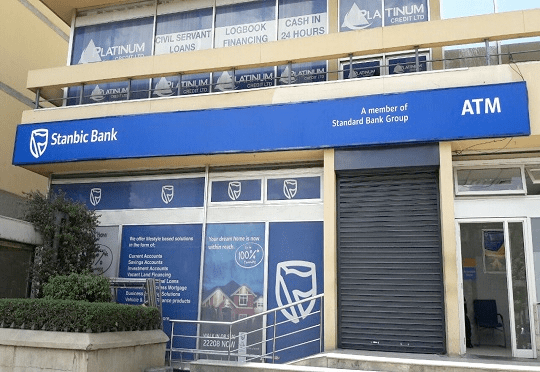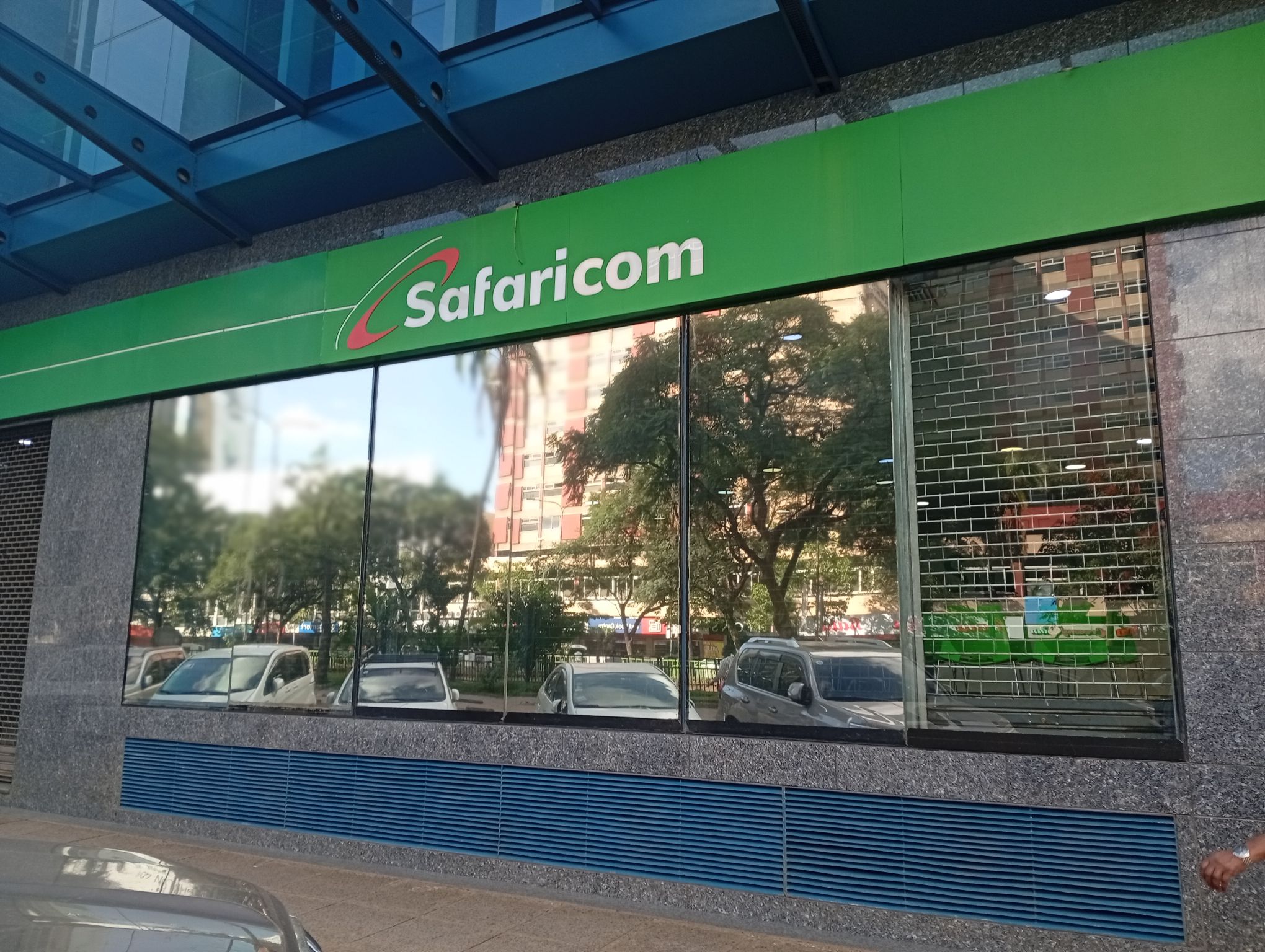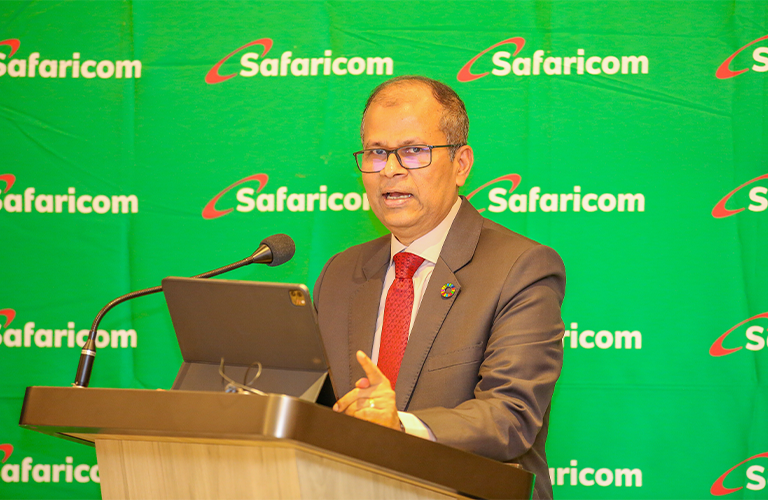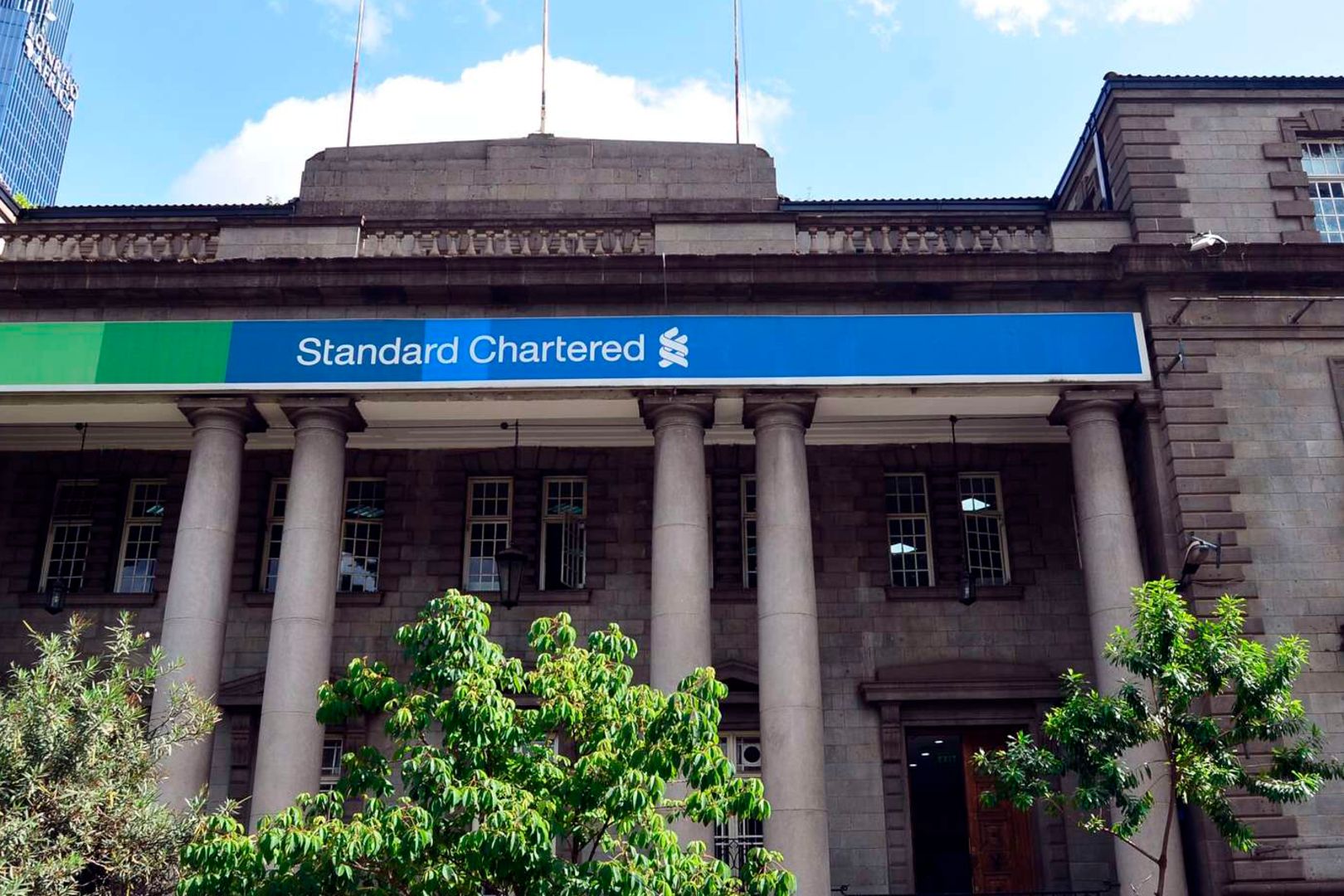Stanbic Holdings saw its net profit for the half year to June 2025 fall by 9.3 per cent to Sh6.5 billion due to falling interest rates, stable KES-USD rate and slow private sector credit growth. Interest revenue fell 24 per cent during the period as negative private sector credit growth of 2.9 per cent in January contracted the bank's balance sheet in the first quarter.
The bank made a slight recovery in the second quarter with private sector lending growing 2 per cent in May. However, that was softened by falling interest rates which lowered net interest margins that saw net interest income fall 6 per cent to Sh11.8 billion.
"Q1 was very difficult. It was a slow start to the year. In January, the private sector credit growth was -2.9 per cent. That caused massive contractions on our balance sheet and rates were coming down quite significantly," the bank's chief financial and value officer Dennis Musau told investors during the investor briefing.
Non-interest income grew slightly by 1 per cent to Sh7.6 billion underpinned by the bank's efforts to diversify and grow income from transactions which saw fees and commissions' income rise by 9 per cent. Those efforts were, however, undermined by trading income which fell 7 per cent due to the muted KES-USD exchange rate volatility currently present in the market.
Operating costs grew by 15.5 per cent to Sh9.4 billion due to costs benefits of last year not repeated this year.
"At this point last year, our operating expenses had come down by 7 per cent, if you look at H1 2023 costs, we reported Sh8.7 billion then we came down to Sh8.1 billion because of some currency collection and credit notes we got from lower accruals because of adjusted currency in H1 last year."
"If you draw a line between Sh8.7 billion and Sh9.4 billion over a 24-month period it doesn't look as steep, our growth in cost is about 4.5 per cent which is in line with inflation plus a bit of investment," Dennis Musau said.
In his briefing to investors, the Chief Executive Patrick Mweheire highlighted the following headwinds that the bank is currently facing in the market:
- sharp decline in interest rates.
- muted foreign exchange volatility.
- pending government bills constraining liquidity.
- subdued credit appetite and high default rate.
- US protectionist policies.
The CEO expressed optimism that the following tailwinds will see the bank come on top by the end of the year:
- recovering private sector credit growth.
- resumption of South Sudan oil exports.
- stable foreign exchange boosting volumes.
- resilient diaspora remittances.
- well anchored inflation.



